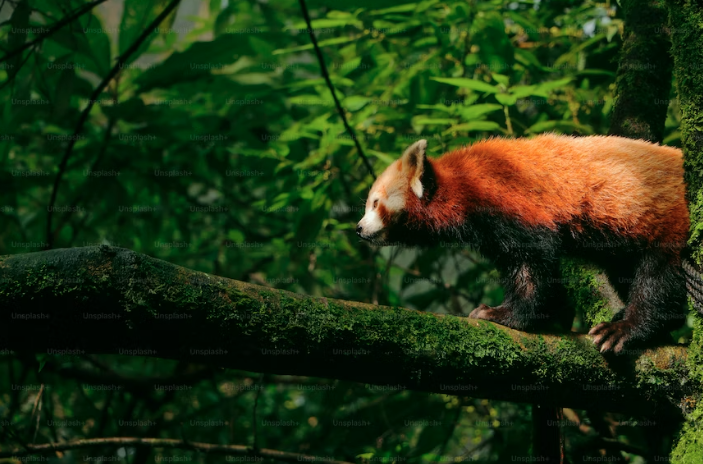The red panda is a unique species known for its distinct biological and ecological characteristics, as well as its captivating appearance. Despite its significance in terms of conservation, scientific research, and economic value to those who manage the forests in its range, the red panda population in the wild has been declining.
To try and address this issue, we undertook a systematic literature review of the scientific literature, analysing 175 English-language journal articles published over 193 years (1827-2020).
Our review found that the biological aspects of the red panda has been extensively studied compared to other thematic areas. Additionally, there were more studies conducted on captive red pandas than on those in the wild. China emerged as the leading country for red panda research, given its range in the region. Interestingly, researchers from non-range countries were found to be leading in red panda studies, despite the species' habitat being located in range countries.
The study identified several research priorities and conservation actions for the red panda. One of the key aspects is the need to focus on underrepresented locations and understudied thematic areas. These areas include assessing the impact of climate change on red pandas, understanding bamboo distribution within their habitat, studying ecosystem services provided by red panda habitats, investigating their behavior and movement ecology, estimating population numbers, and analysing metapopulation dynamics.
The authors of the review emphasised the importance of conducting landscape-level studies and implementing long-term population monitoring to effectively conserve the red panda. Furthermore, they suggested documenting and evaluating the effectiveness of ongoing red panda-focused conservation programs.
In addition to research priorities, our review also stressed the need to strengthen the capacity of institutions and individuals in range countries to enhance red panda conservation efforts.
In conclusion, the systematic literature review highlighted the urgent need for prioritising research in specific areas and underrepresented regions to conserve the red panda effectively. By focusing on critical aspects such as climate change, habitat distribution, behavior, and population dynamics, and by strengthening conservation programs and capacities, we can work towards safeguarding the future of this unique and charismatic species.
Article authors
Brendan Mackey
Ang Phuri Sherpa
Upama Ashish Koju
Anita Shrestha
Tim Cadman
Additional authors
Sikha Karki, Tek Maraseni, Damber Bista, Sonam Tashi Lama, and Ambika P. Gautam
Reference
Karki, S., Maraseni, T., Mackey, B., Bista, D., Lama, S. T., Gautam, A. P., Sherpa, A. P., Koju, U., Shrestha, A., & Cadman, T. (2021). Reaching over the gap: A review of trends in and status of red panda research over 193 years (1827–2020). Science of The Total Environment, 781, 146659. https://doi.org/10.1016/j.scitotenv.2021.146659






